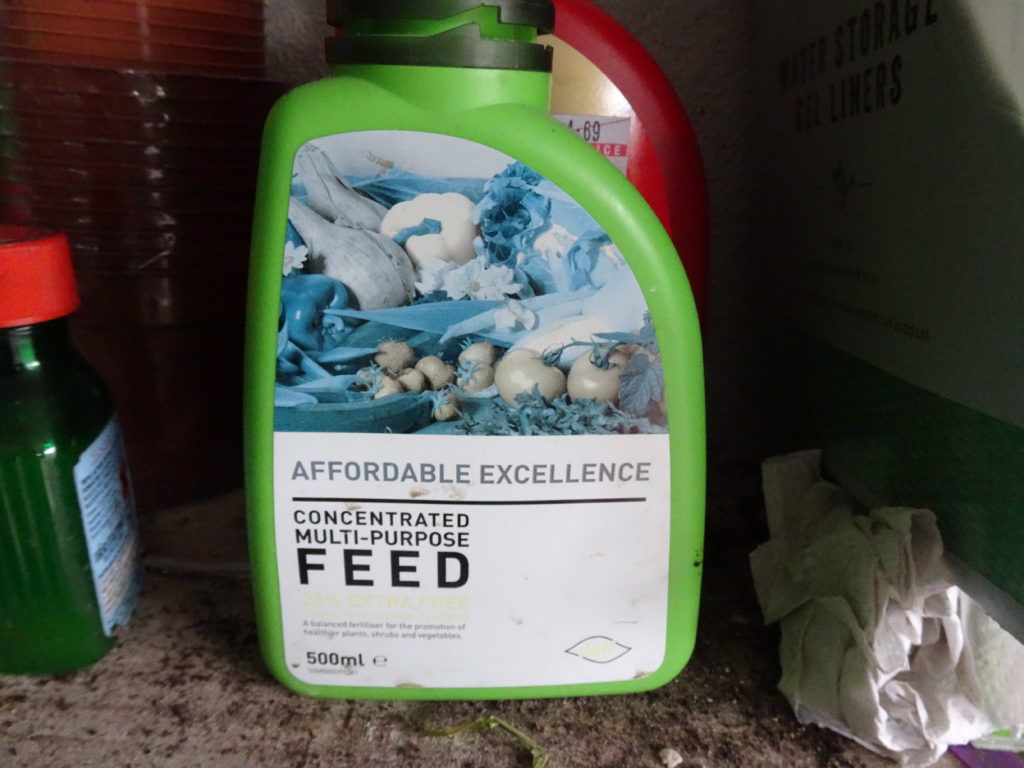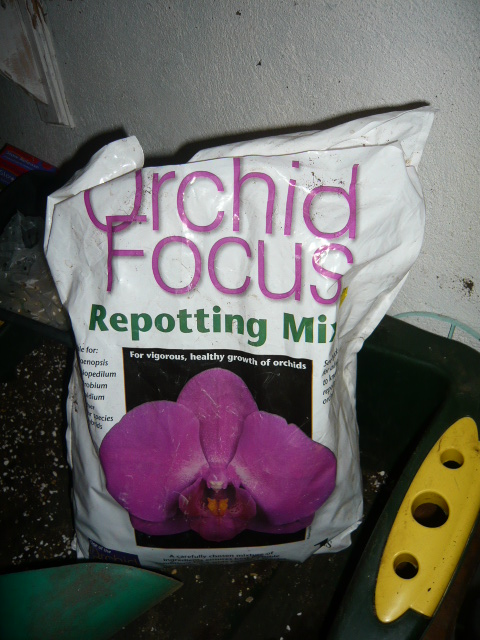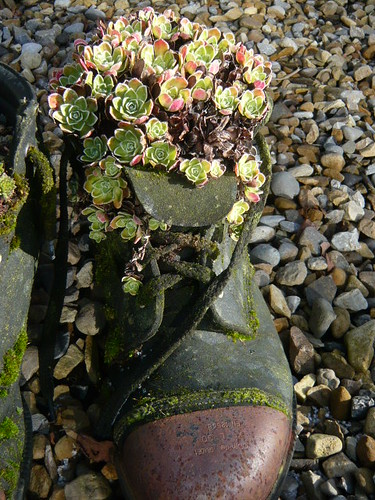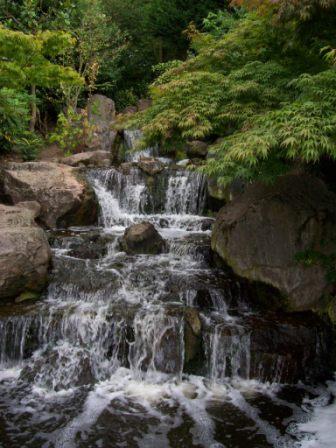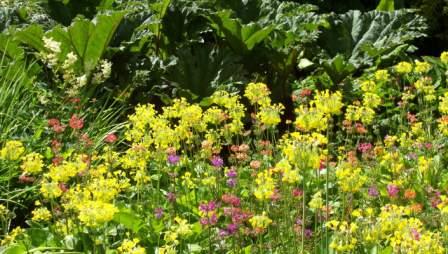Get sowing for some winter greens and veg like Beetroot, Spring Cabbages, Lettuces, Spring Onions, Chicory, Fennel and Rocket.

Unless you already have a well stocked allotment or vegetable garden you need to be thinking about next years winter vegetables. Settle down with a drink and some good seed catalogues and plan to enjoy the fruits (or veg) of your labours through to next Christmas.
The well named Tundra Cabbage will take all that winter can throw at you and still produce firm heads until April. Blue cabbage Aurtoro looks so good next to Autumn yellows and oranges and it can be planted in the flower garden. The heads are firm and the leaves tightly packed to make a vegetable that stands well. It will also help make a warming winter soup.
Cabbage Tips
Plant Spring cabbage 12in apart.
Earth up the soil around their stems to prevent rocking and help them against the cold.
In cold frost prone areas cover with fleece or cloches. Watch out for pigeons which may get deterred by netting.
Young plants can be thinned for spring greens and leave the rest to heart up.
Curly Kale with crinkly leaves is another vegetable that shouldn’t be restricted to the vegetable patch. Redbore a purple leaved variety grows on tall sturdy stems that look interesting through winter. Other varieties like January King 3, Red Winter or Westland Winter, a blue green, can add more variety to the garden and your winter grub. If you like the blistered crinkly leaved varieties go for Resolution or Traviata F1’s.
Parsnips are just ready to start lifting. They can be left in the ground until needed and I think a bit of frost does no harm to the flavour. Interceptor Carrots can be harvested through to March and reverting to the purple theme Purple Haze Carrots can be picked until Christmas.
Seasonal favourite Brussels Sprouts need that bit of frost to bring out the sweetness and take away some of the sulphur taste. Pick from the bottom of the stalk and then you can finish off eating the top of the stalk like a small cabbage. I find Maximus F1 have a long cropping season and a good flavour. Support the stalks if grown in windy conditions.
Late Cauliflowers to consider are Haddin or Deakin F1’s that will hold until February if you don’t eat them first.
Autumn sown Spinach is a healthy crop containing iron and vitamins.
…
Read More Read More
